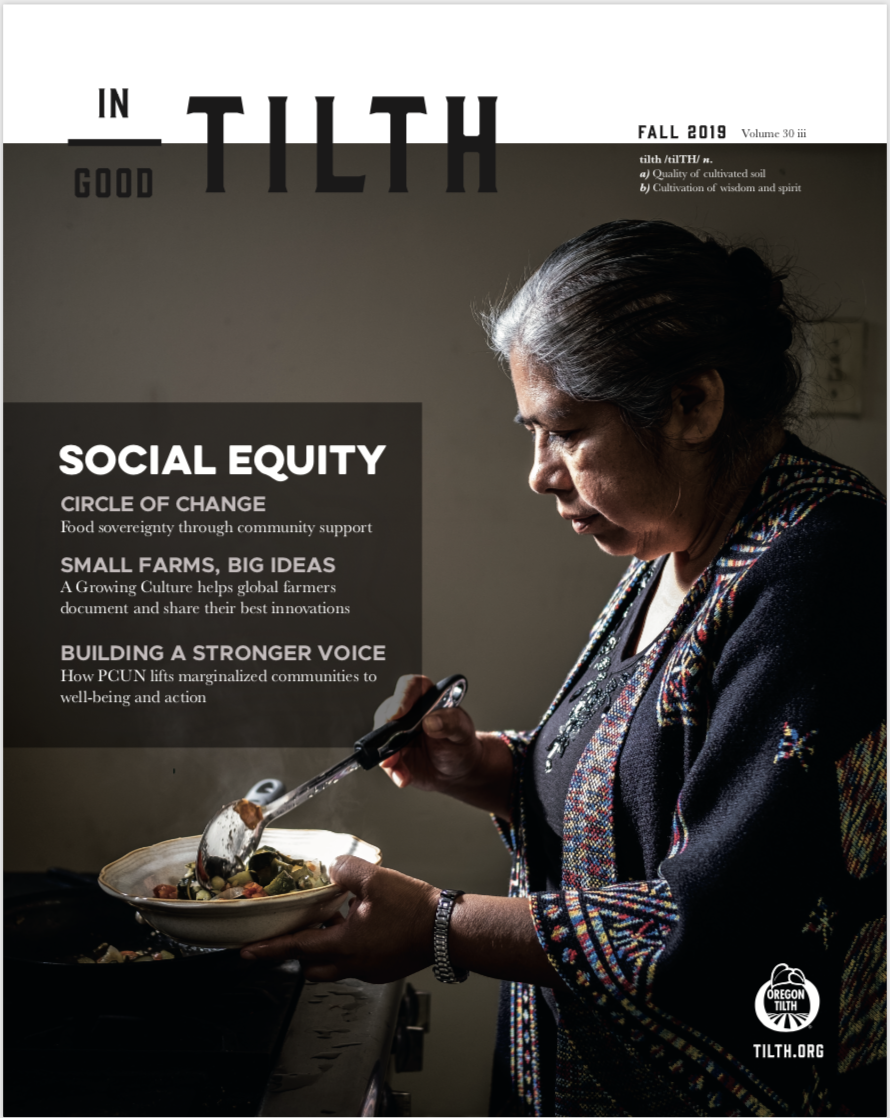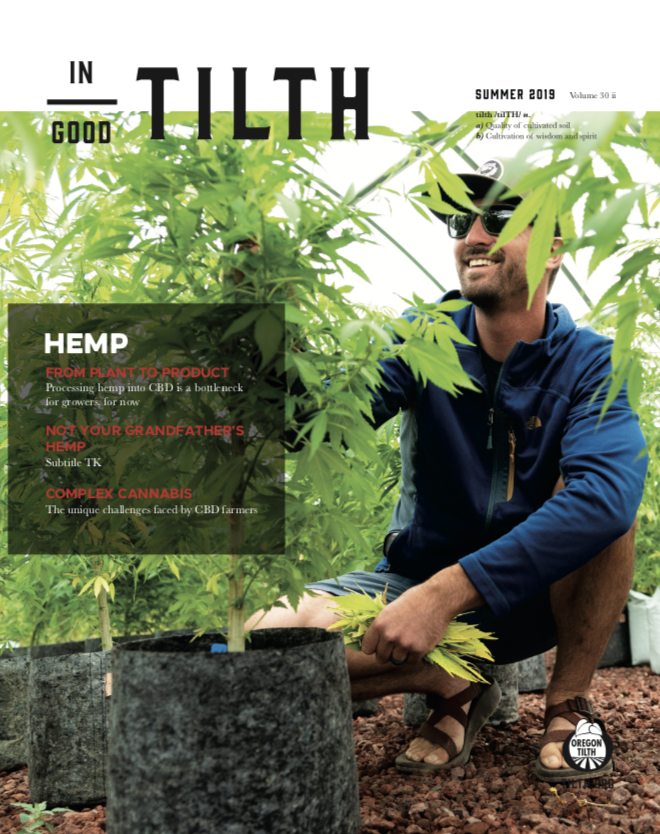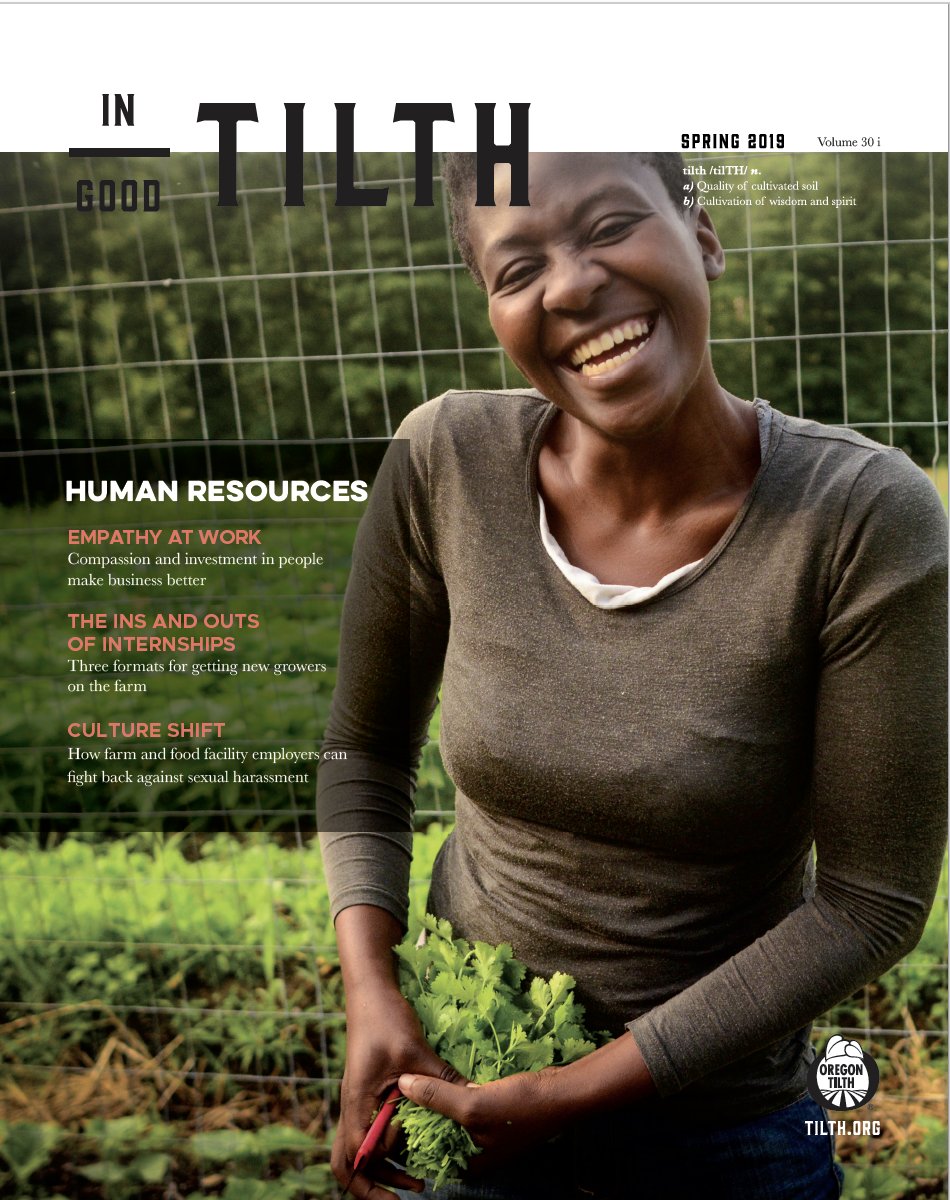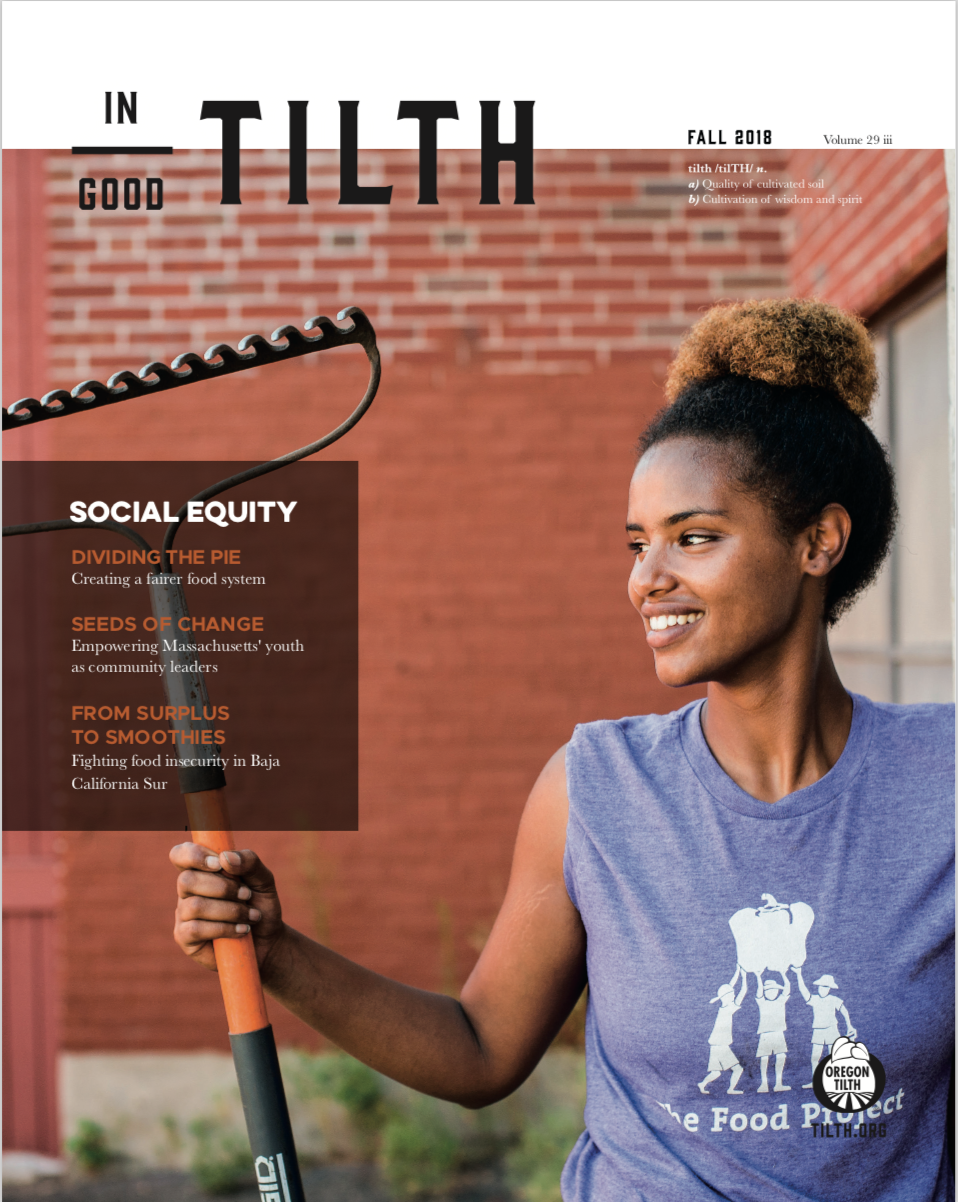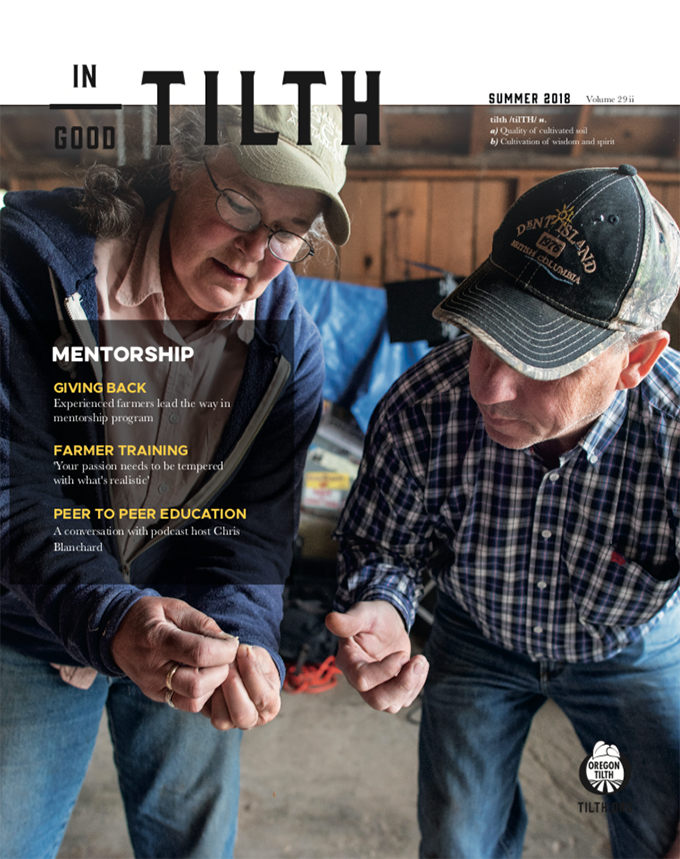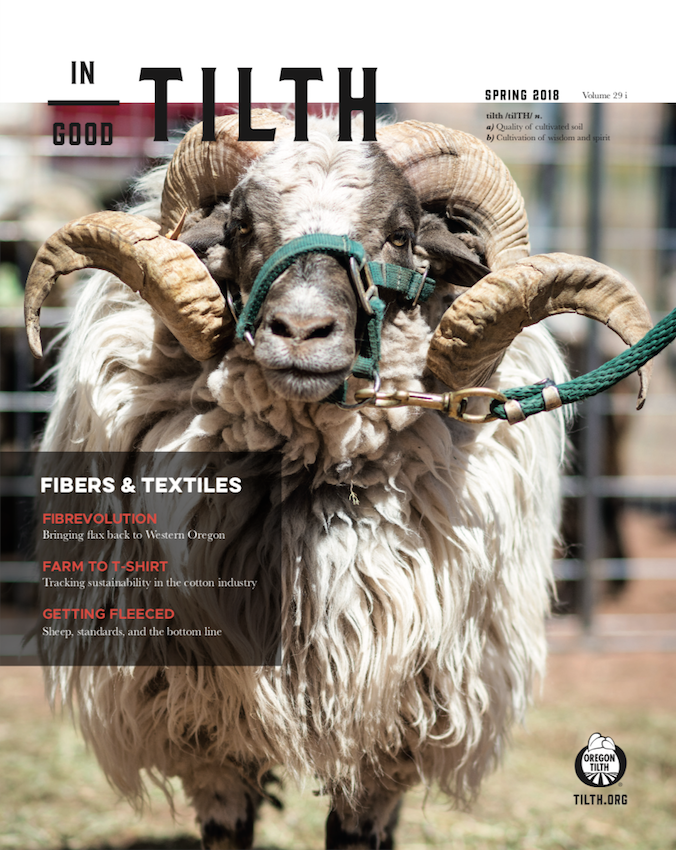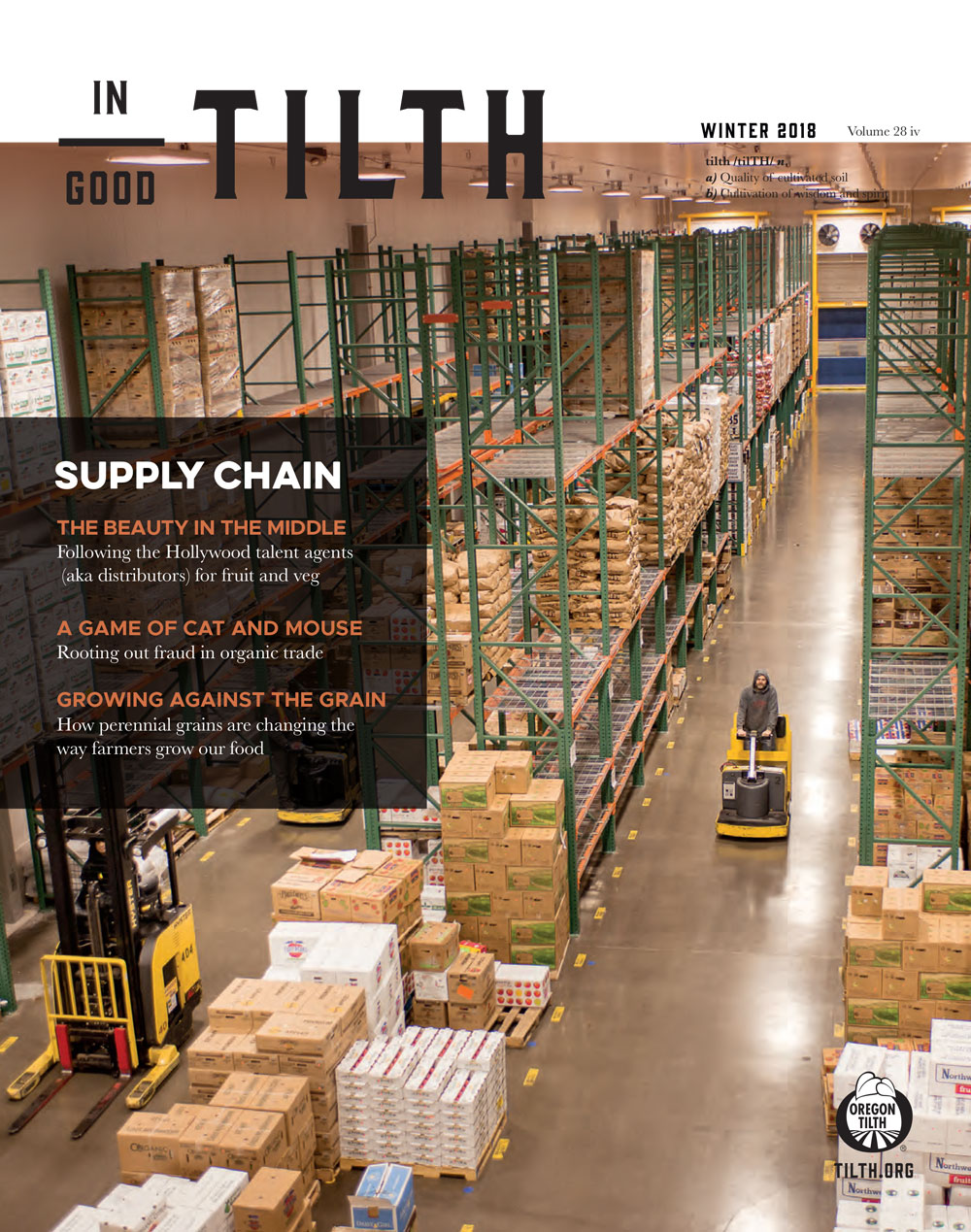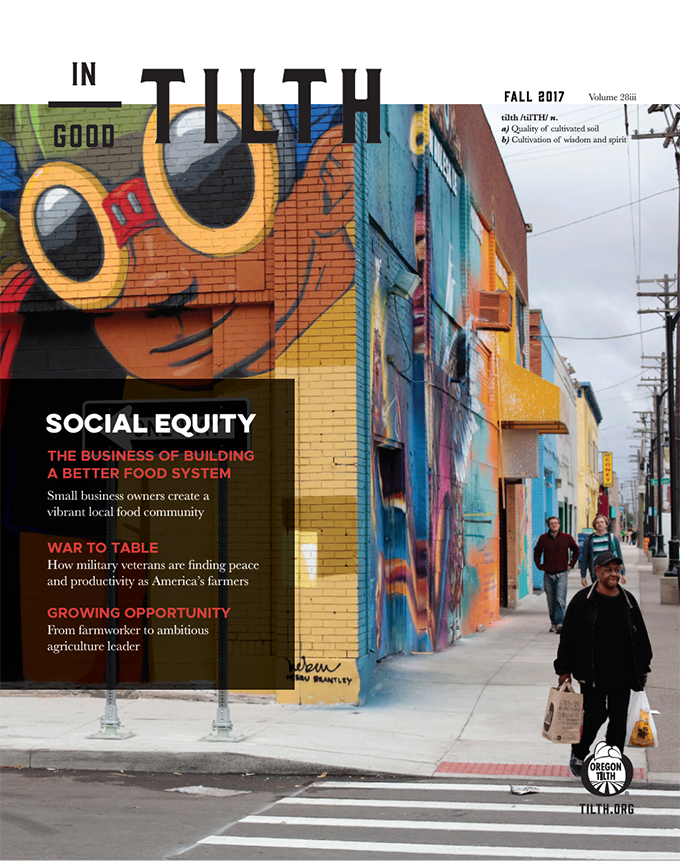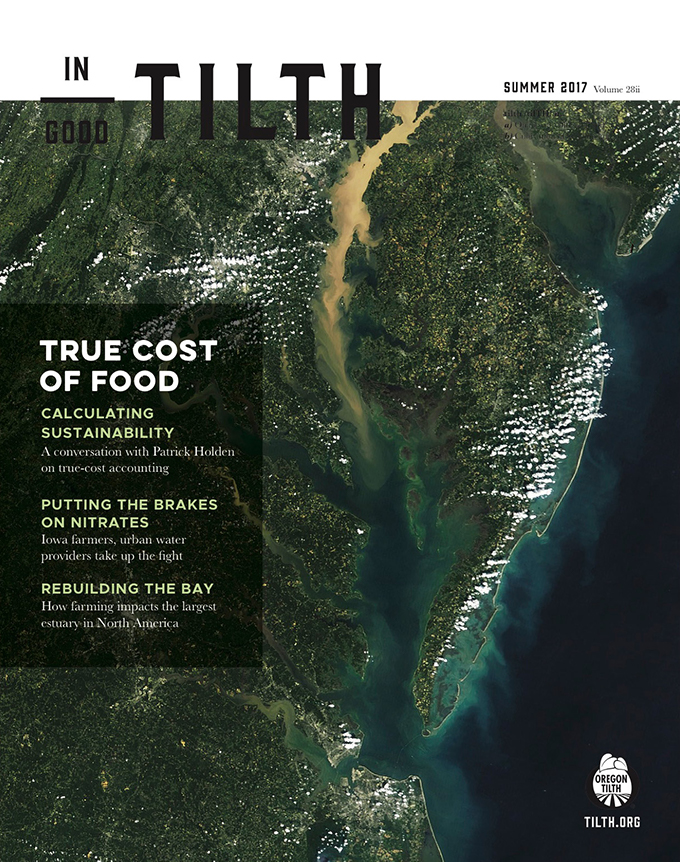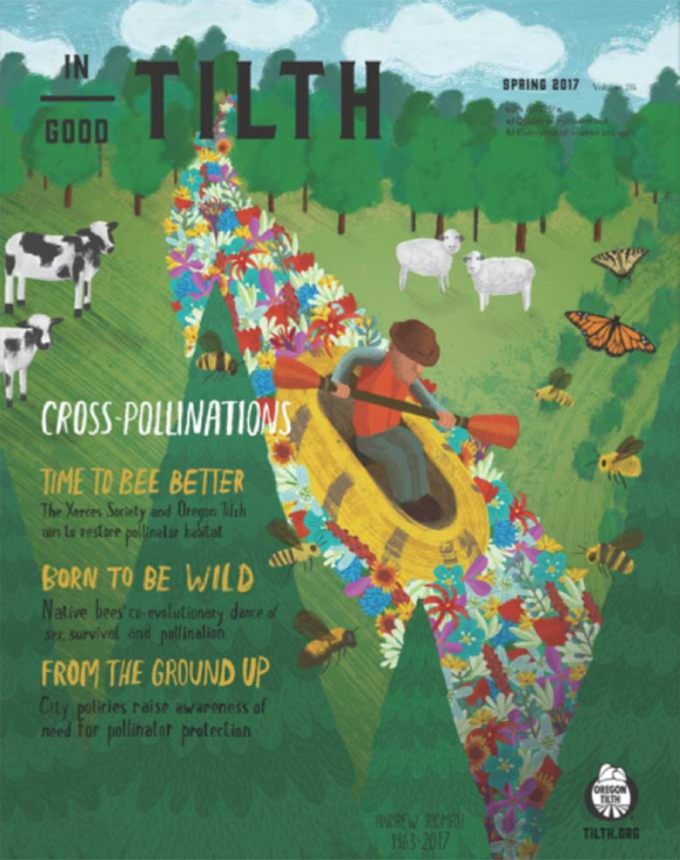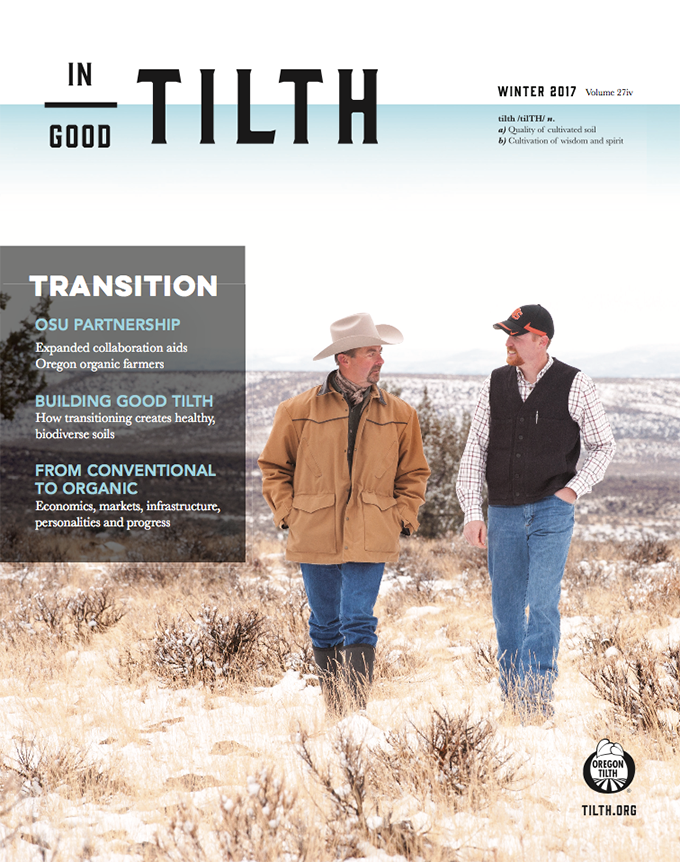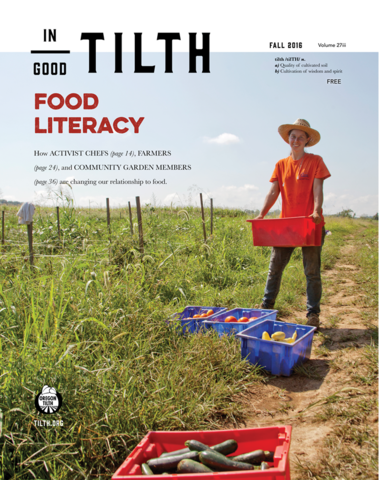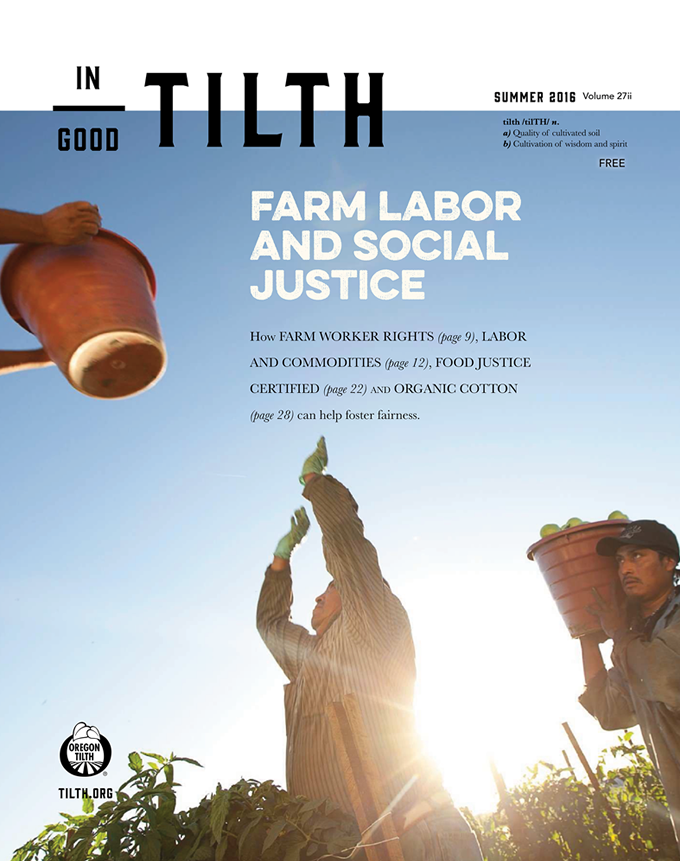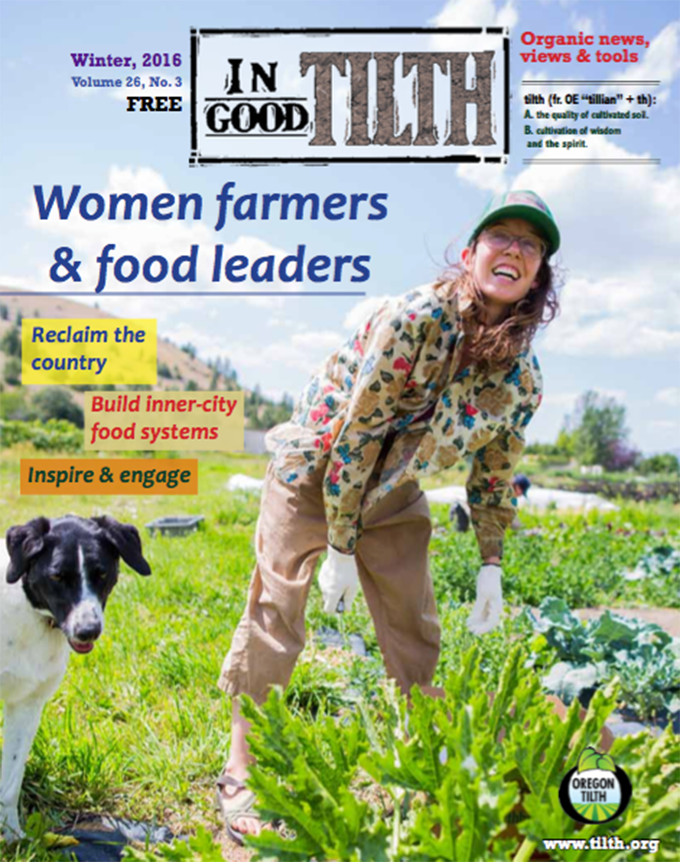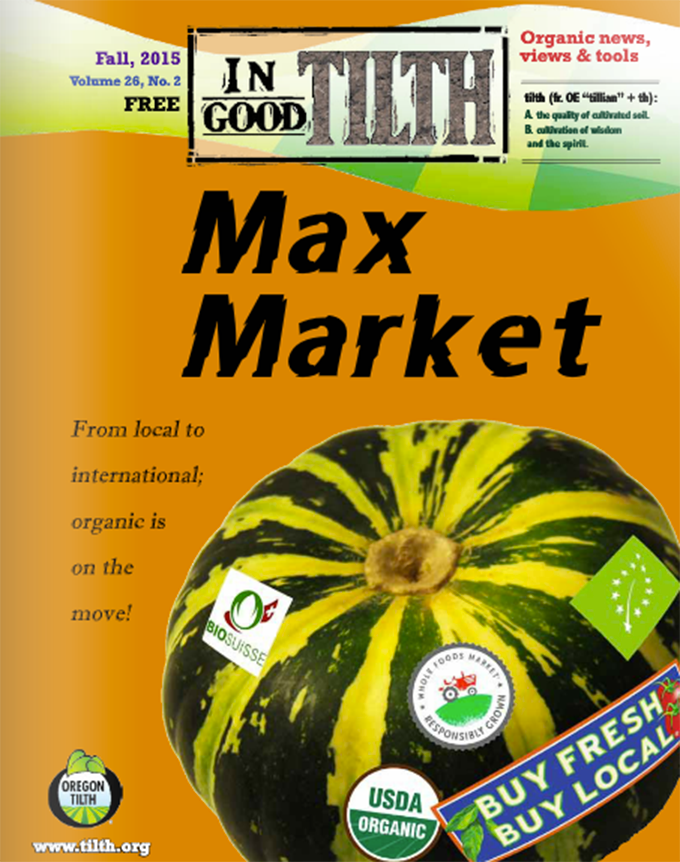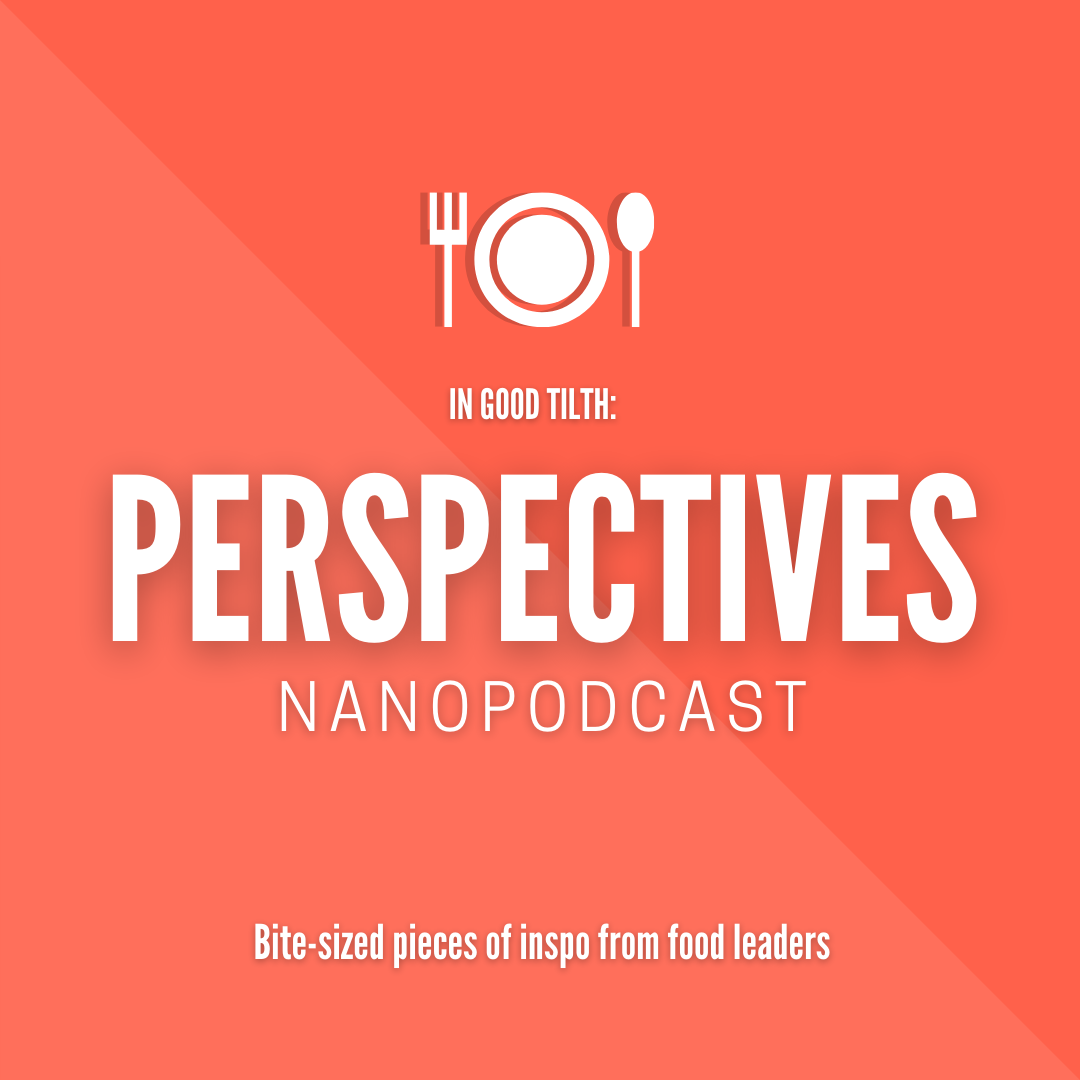At the risk of stating the obvious, all farmers want their farms to be economically viable. Yet recent developments have thrown many formerly proven agricultural business models into question. CSAs, medium-scale labor-intensive premium vegetable operations and small-scale dairies are among the once-reliable models that are faltering in the face of increased competition, challenging labor dynamics and rock-bottom commodity pricing.
The failure of small-sized family farms is more than a personal tragedy. Farm loss undercuts rural economies and rural identity.
“We’ve lost hundreds of dairy farms in the last five to 10 years,” said Liz Gleason, program manager at Vermont Farm and Forest Viability Program, which is part of the Vermont Housing and Conservation Board. “And it can have a strong effect on really small communities when several businesses go out. We think farm viability and vibrant, successful rural economies are very closely tied.”
As small family farms across the country continue to struggle, many are searching for alternatives to the grow-or-fail dynamic currently prevailing in U.S. agriculture. For farmers, farm support organizations and the public sector, it’s a time of experimentation and renewed focus on business fundamentals.

What does “viability” really mean?
In an effort to better understand and improve farm viability, some organizations have formulated specific definitions built on financial metrics. Teagasc, the Irish Agriculture and Food Development Authority, defines a farm business as being economically viable if it generates enough income to pay family labor at the minimum agricultural wage (€19,167, or approximately $21,800, per unit) and generates a 5 percent return on capital invested in nonland assets like machinery and livestock. A farm is “economically sustainable” if it’s not viable but is supported by an off-farm income; it’s “vulnerable” if it is not viable and has no source of off-farm income. Under this metric, only about 36 percent of Irish farms are viable, while nearly the same number — 35 percent — are vulnerable.
The U.S. doesn’t have a formal definition for farm viability, but policymakers, advocates and farmers alike seem to agree viability includes not only financial fundamentals but also more intangible qualities.
“To me, viability is a combination of personal lifestyle needs, family needs, work-life balance and financial viability,” said Gleason. “And within financial viability, I would include profitability, building equity over time and positive cash flow whenever possible.”
Definitions aside, the situation in the U.S. is similar to Ireland’s. Since 2013, net farm income in the U.S has fallen by 46 percent, according to USDA statistics released in December 2018. Debt-to-income ratios are the highest they’ve been in three decades, solvency ratios have weakened, the average age of farmers continues to climb and real estate values represent larger and larger shares of farm assets, creating a ticking time bomb for areas concerned about farmland preservation and the long-term health of the agricultural economy.
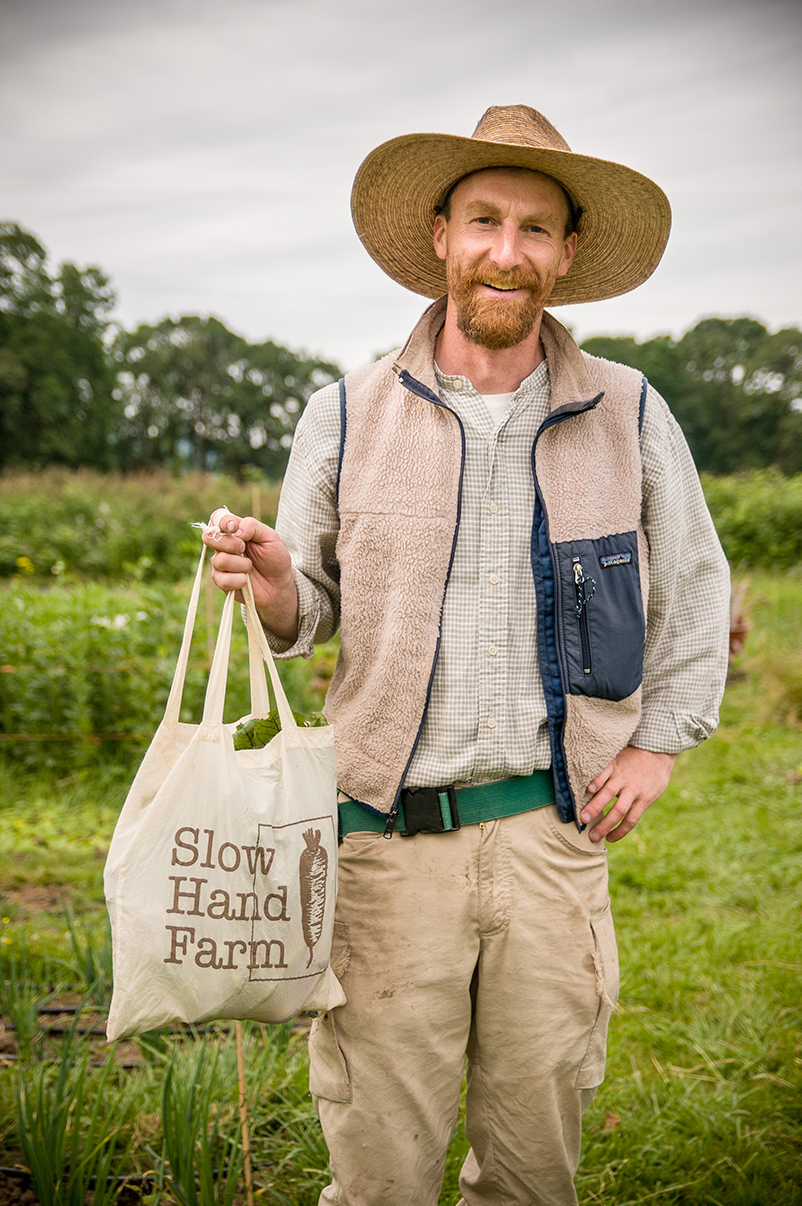
What are the challenges?
Labor consistently emerges as one of the most pressing threats farmers identify to their business’s viability. A tight job market and stricter immigration policies have made finding labor more difficult. Increases in the minimum wage in states across the country have also brought challenges.
“Organic farming in particular needs more labor than conventional farming,” said Jeff Falen, who co-owns Persephone Farm in Lebanon, Oregon, with his partner Elanor O’Brien. “And I think it’s not very sustainable because of that.” Not only does more labor mean more expense, but in a tight labor market, it’s difficult to find local workers who want the jobs.
Many farmers support the idea of increased minimum wages from a philosophical perspective, but blanch when they see its impact on their bottom line. Tom Willey, a retired farmer and former co-owner of T&D Willey Farm in Madera, California, said about 70 percent of his costs at the farm before he retired in 2016 was labor.
“We really lavished hand labor on our product,” he said. But as the minimum wage in California climbed from $8 an hour to $15, that model began to feel untenable — especially since competitors running organic farms in Mexico could pay laborers $12 a day.
“We were running on a relatively thin profit margin anyhow, and it was threatening to eat that up completely,” said Willey. “Can you afford to be labor inefficient anymore in the context of high cost and low access to labor? I don’t know. It’s a really serious challenge to the models we’ve been operating.”
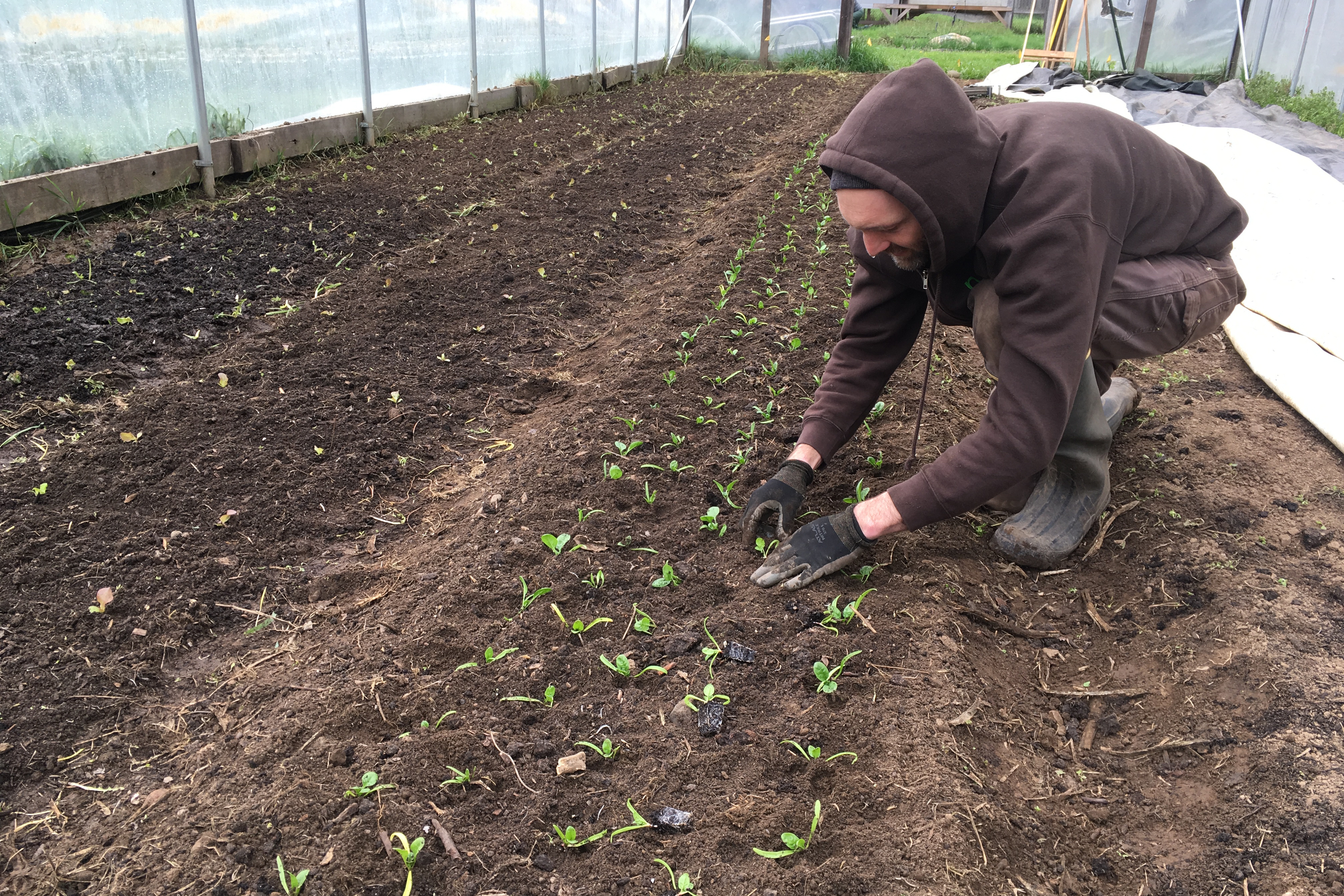
New models
In response to these challenges, many new farmers are thinking small — very small. Falen and Willey said they’ve seen a trend towards younger farmers choosing to keep their scale under five acres to avoid hiring much, if any, labor, and focus on creating deep connections with the surrounding community to bypass the wholesale grocery market.
Yet there are concerns about the viability of staying small. What happens when a founder gets injured, or takes time off to have a child?
“I actually fought against that model,” said Willey. “I was frustrated and angry that millennial young people were not attracted to the farming we were doing and were criticizing it as being too much a part of the industrial system.”
But his feelings have shifted, fueled in part by the increasing scale and monoculturalization of the organic vegetable industry in California.
“Maybe these young people have the right idea with the smaller scale and more intimate association with the people they’re feeding,” he said. “The problem is, these kids have college degrees from high-end universities, and if they can’t figure out how to make a comfortable living in a decade, particularly if they start having children and want to have health care, they’ll find that diploma in the drawer somewhere and sign up for the real economy, and it will all have been a lark.”
In response to the same labor issues plaguing West Coast vegetable farmers, Gleason said she’s seen some New England dairy farms turn to technology for answers.
“We’ve certainly seen more and more interest in robotics in organic and conventional farms, even some pretty small farms,” she said. In addition to robotic milking parlors, individual cow monitoring systems have also become more prominent — Gleason likens them to a “cow Fitbit” that collects data on each cow to catch problems before they grow.
The success of automation initiatives like these varies, said Gleason, and depends largely on the individual financial situation of the farm. Technology is expensive, and the lending atmosphere in Vermont is restrictive. If farmers have the cash flow to cover the up-front costs, technology can play an important role in increasing viability. If the financial reach is too much of a stretch, however, over-spending can be the final straw.
“If you’re able to weather those costs, it can really reduce your labor, and catch cows that might be getting sick much earlier,” said Gleason. Business planning services offered through the Viability Program and other organizations, like Oregon Tilth and the USDA, can help growers decide whether those infrastructure investments make sense for them.
Willey mentions another intriguing — albeit largely theoretical for now — model: the pricing of ecosystem services like carbon sequestration.
“If farms can demonstrate they are playing their part mitigating the climate problem in a positive way and communicate that well, we may have the opportunity to create a whole new market demand for an agriculture that would support the inherent diversity of this kind of organic farming,” he said. Potential models that have been raised for this kind of strategy include the sale of carbon offset credits in a cap-and-trade scheme, reclamation and/or sale of methane biogas, and enhanced communication to consumers about the carbon benefits of their purchases.
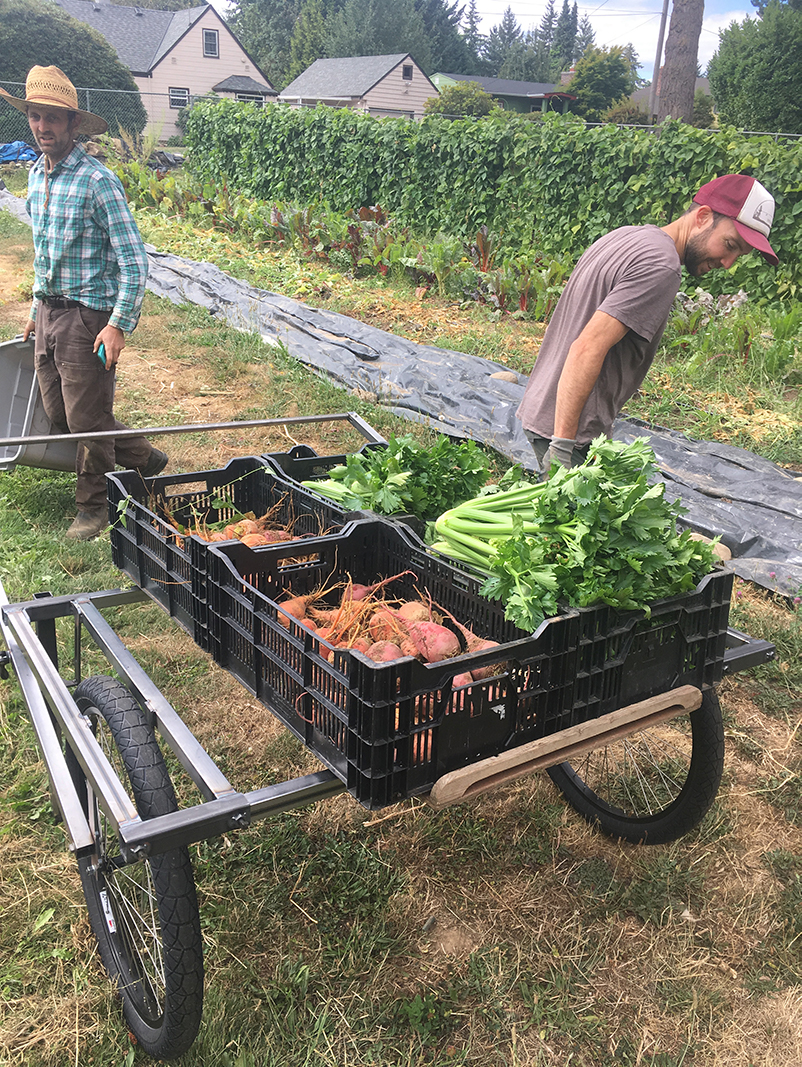
Beyond economics
Financial profitability, while clearly a prerequisite for most farms’ viability, isn’t the only important factor. A holistic understanding of farm viability requires a complex calculus among the financial needs of the farm, the personal values of its owners and workers, the lifestyles it can support for the people who run it and the greater social and community context of the farm.
“I think of viability as the farm’s ability to meet the needs of the people involved, whether the owners or the employees,” said Falen. “Financial requirements are obvious, but I’d also like it to be able to meet the retirement needs of anybody who stays for a long time, to provide job satisfaction and to be done in such a way that it provides a balanced lifestyle — in other words, we’re not consumed by trying to do the farm work.”
That leads some farmers to make decisions that put intangible outcomes above economic ones. For example, while running Slow Hand Farm in Portland, Oregon, farmer and author Josh Volk made the decision to make deliveries by cargo bike rather than car.
“I ran the financial analysis on that, and it did not make sense,” said Volk. Factoring in the extra time delivery by bicycle would require, it ended up costing approximately $100 more per month.
“It’s about how I wanted to be spending my time,” he said. “People pay to go to the gym all the time. I can basically pay to go to this gym, which is riding my bike, and completely eliminate my commute. The experience was more important to me than the added dollars.”
At Persephone, Falen and O’Brien made a similar decision when they opted to eschew the use of plastic mulch entirely.
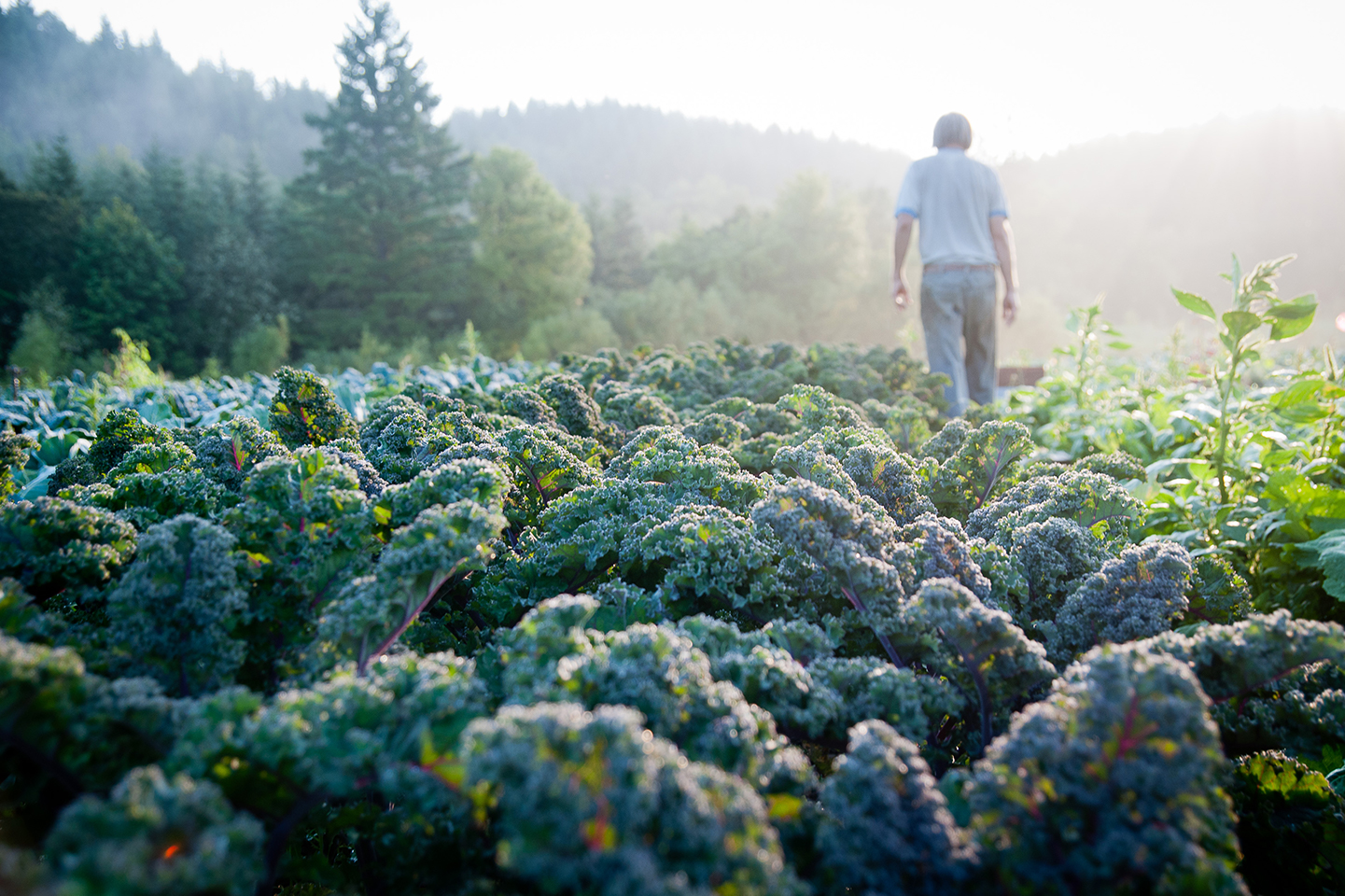
“We wanted to be sustainable, and we didn’t want to create a bunch of trash,” Falen said. The decision means Persephone gives up the opportunity for season extension, with warm-weather crops like tomatoes and peppers coming to market much later. “We’ve definitely paid for that in the long run,” he added.
Willey wishes he and his wife and farm partner, Denesse Willey, had found a way to work less during their careers.
“We were workaholics for sure,” he said. “That might have something to do with the fact that our kids aren’t interested in carrying on this business, because they saw it as all-consuming. If there’s a different model where people don’t have to work like animals all the time, I’m all for it.”
As farmers search for new models, perhaps the only one-size-fits-all strategy for viability is an adaptive mindset.
“The story we tell ourselves is that in the past, there was one model for how you did things,” said Volk. “You could start out that way, spend your entire working career doing the same thing, get good at it and never change. But in any industry, things are constantly changing. Even if you figure out a model that works really well and looks like it’s going to be sustainable for the long term, you’re probably going to have to update what you’re doing.”


